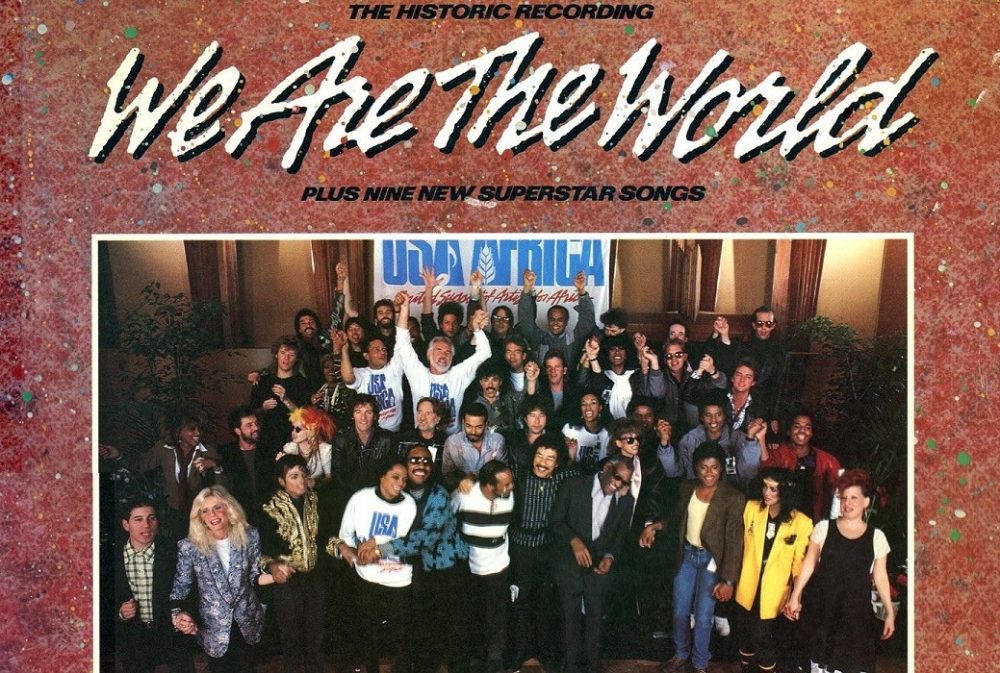As we discussed in class, I think this argument, that the end of history has arrived simply because humanity is out of new ideas, is incredibly difficult to falsify. We have all agreed that liberal democracy is the second best solution- but in comparison to what (at least in today’s industrialized societies)? People today have not thought of a better answer, but that doesn’t mean one does not exist. According to Ash and Walzer, however, the end of history is “now” just because we are converging on a common goal of true, just, open “Western” democracy. At this very moment, though, someone might be imagining a society that may exist in the near future but that none of us have considered a viable possibility up to this point.
The end of history discussion specifically brings to mind, again as we discussed, the huge uptick in dystopian literature, especially for young adult readers. Of course, none of us want to live in a society like that displayed in “The Giver”, “Hunger Games”, or “1984”. But, as science and technology continue to accelerate at a blistering pace, I don’t doubt that these societies could be a possibility very soon. Then, I do not doubt that someone will lead a revolution against technologically-driven tyranny, and the society that could emerge from such a conflict may look nothing like anything we have seen before or imagined. Thus, I don’t find any of the arguments that we are all converging on a “copy of a copy of a copy” very compelling- I am confident there are no limits to human imagination and our capacity to innovate as a species.
